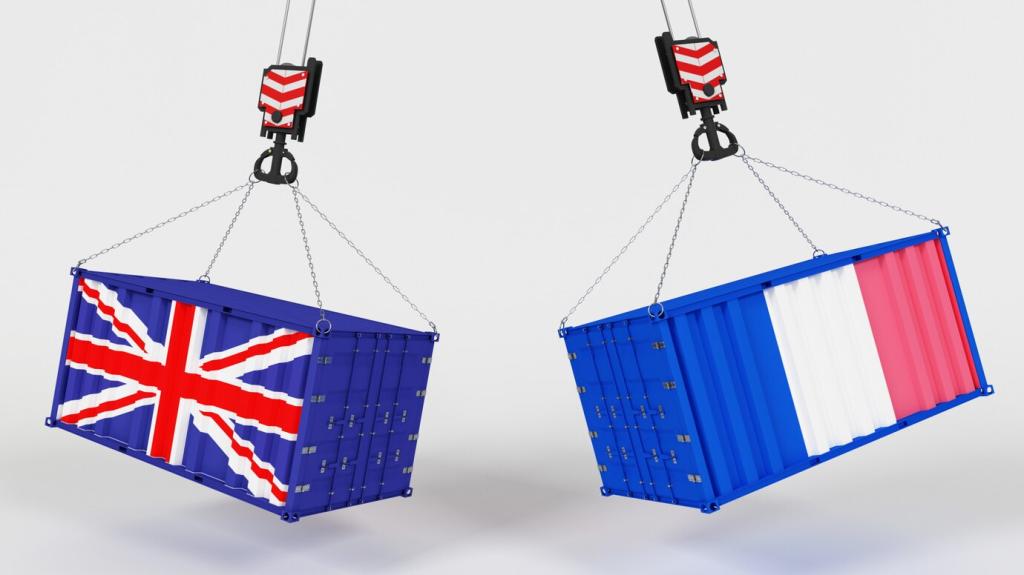Your VAT Compliance Guide for Small Enterprises
Chosen theme: VAT Compliance Guide for Small Enterprises. Welcome to a practical, story-driven home base where small business owners learn VAT with confidence, clarity, and a dash of friendly accountability.
VAT Fundamentals Every Small Enterprise Should Master

VAT is a consumption tax collected in stages through the supply chain, not an extra profit for your business. You act as a steward, collecting on sales and reclaiming legitimate VAT on purchases.
Registering and Setting Up VAT the Smart Way
Standard, cash-based, flat-rate, or sector-specific schemes exist in various regions. Evaluate your margins, invoicing patterns, and industry norms so your VAT scheme supports growth rather than draining cash flow.

Invoicing and Records that Pass Any VAT Review
Building a VAT-Compliant Invoice
Include business details, VAT number, invoice date, unique number, customer details, line items, net amounts, rates, and VAT totals. Missing fundamentals risk rejected claims and awkward conversations with auditors later.
Digital Recordkeeping That Actually Works
Adopt software that timestamps entries, stores proof of purchase, and reconciles bank feeds. Tag VAT rates consistently so returns compile quickly. Backups protect you when devices fail or staff changes happen unexpectedly.
Monthly Reconciliations to Stay Sane
Set a calendar reminder to reconcile sales, purchases, and bank movements. Catch coding mistakes early, correct misapplied rates, and ensure your VAT control account aligns with reality before deadlines loom.

Preparing, Filing, and Paying VAT on Time
Review output VAT by rate, validate input VAT eligibility, reconcile the VAT control account, confirm periods, export reports, and document assumptions. Keep the checklist in your files for easy re-use and audits.

Cross-Border Sales and E-Commerce VAT Essentials
The place of supply often determines where VAT is due. Factors include customer location, service type, and delivery terms. Map your sales journey so each cross-border transaction is taxed correctly.
Cross-Border Sales and E-Commerce VAT Essentials
Some regions offer one-stop reporting portals to manage multi-country VAT. They reduce admin but require consistent product categorization and accurate rate mapping. Test your checkout to avoid mischarging customers.


Claiming Input VAT: Deductions, Blocks, and Grey Areas
Business expenses generally qualify if they directly relate to taxable supplies. Items like certain entertainment or personal costs are often blocked. Keep policies clear to prevent accidental, non-compliant claims.
Claiming Input VAT: Deductions, Blocks, and Grey Areas
If you make both taxable and exempt supplies, you may need an apportionment method. Calculate fairly, document assumptions, and review annually to reflect changing business mix and maintain defensible numbers.

Audit Readiness, Risk Management, and Ethical Compliance
Large refund claims, inconsistent margins, sudden rate changes, or missing documentation raise flags. Monitor patterns, explain anomalies, and keep narrative notes so reviewers understand your legitimate business shifts.
Audit Readiness, Risk Management, and Ethical Compliance
Train staff to document VAT decisions, save invoices, and use consistent coding. Quarterly internal reviews, even brief ones, catch mistakes early and reduce anxiety if an official letter ever arrives.


Community, Engagement, and Continuous Learning
01
Have you navigated a tricky VAT registration or fixed a misapplied rate? Post your story in the comments so others learn faster, avoid similar mistakes, and celebrate your hard-won progress.
02
Join our newsletter for bite-sized VAT tips, deadline reminders, and real-world case notes tailored for small enterprises. Subscribing keeps your team sharp without drowning in jargon-heavy policy documents.
03
Tell us the VAT topics confusing your team—partial exemption, cross-border thresholds, or digital platforms. Your questions guide upcoming posts, ensuring every article delivers practical help you can use immediately.
